Now that you better understand the science, geography and language of wine, let's discuss wine service. This includes the standards, roles, and proper serving etiquette.
Traditionally, it has been the role of the sommelier to guide customers through the important steps of selecting, opening and tasting a wine. But more and more often, it is becoming the job of a trained waiter or server to fill this role.
The Court of Master Sommeliers provides basic outlines for service standards and guidelines, which are recognized across the industry.
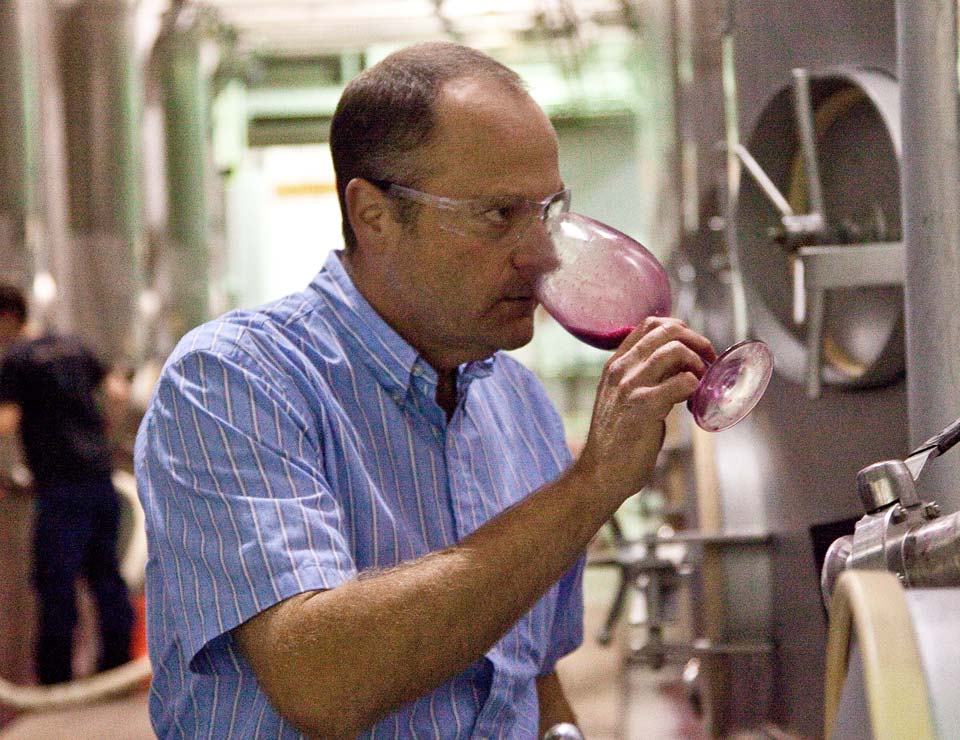
You've probably heard of the term Master Sommelier — or spotted the telltale oval lapel pin worn by wine professionals, indicating level of expertise. But what does it mean? The Court of Master Sommeliers is an internationally recognized organization that upholds service standards and oversees exams for sommelier certification and education. There are four levels of certification — Introductory, Certified, Advanced and Master Sommelier. As of 2016, just 230 professionals worldwide have received the title of Master Sommelier. Americans make up 147 of the worldwide total, including 23 women. (More people have been to space than have been certified Master Sommelier.)
"There aren't steadfast rules, they're more guidelines. The first guideline — and most important — is to drink what you like."– Rob Bigelow
You'll find different staff titles and roles depending on the restaurant or establishment. Here are some general role descriptions:

A myriad of wine glass options are available, but here are the five main types:
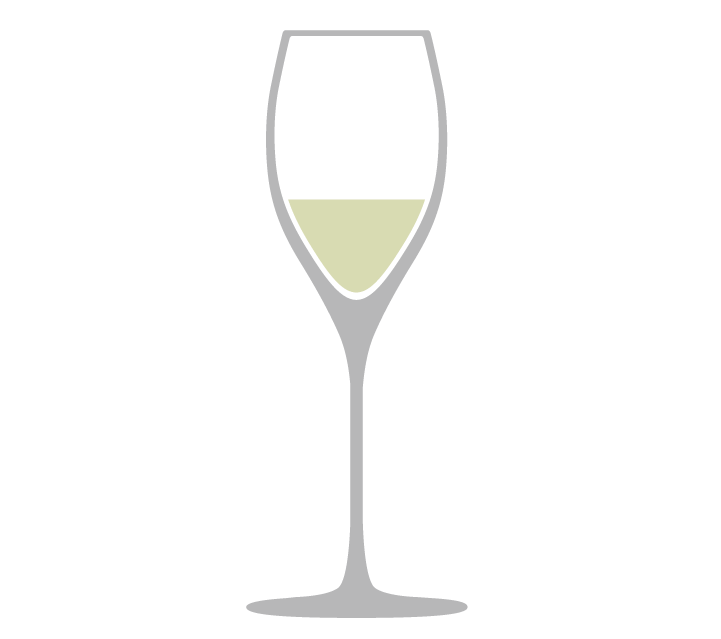
This glass is also U-shaped, but much narrower in order to retain the wine’s carbonation, while concentrating the flavors directly into the nose.
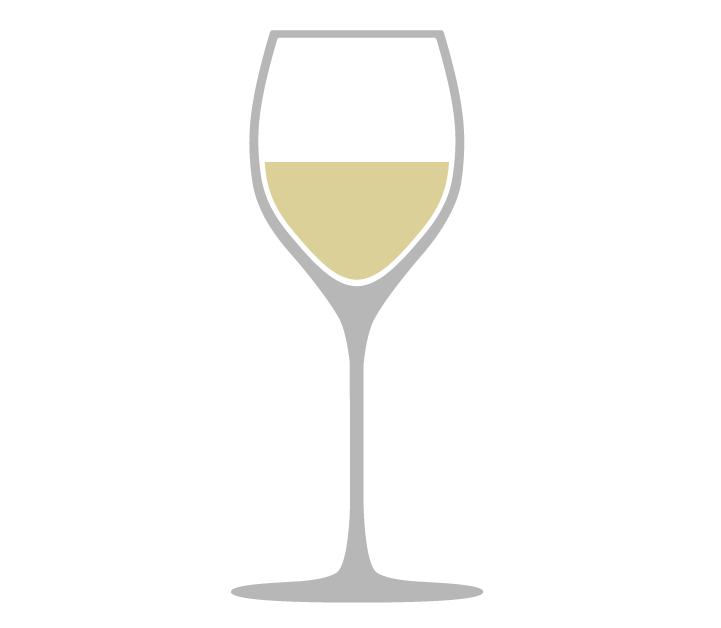
This glass is more U-shaped than a red wine glass, with an upright bowl that reduces surface area, keeping the wine cooler and directing its aromas towards the nose.

Also known as a “Bordeaux” glass, this wine glass is tall, with a large, full bowl and a big opening. It is designed for full-bodied red wines, such as Cabernets and Merlots, and its length is intended to channel the wine to the back of the mouth in order to maximize flavor.
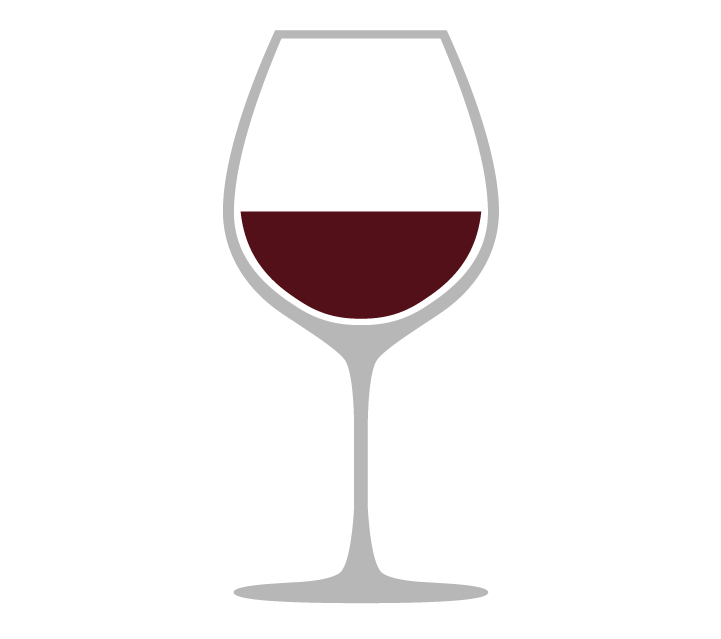
This glass is for lighter, full-bodied red wines. It’s shorter than the standard red glass, with a larger bowl and larger opening, making it easier to inhale the aromas, while directing the wine towards the tip of the tongue.
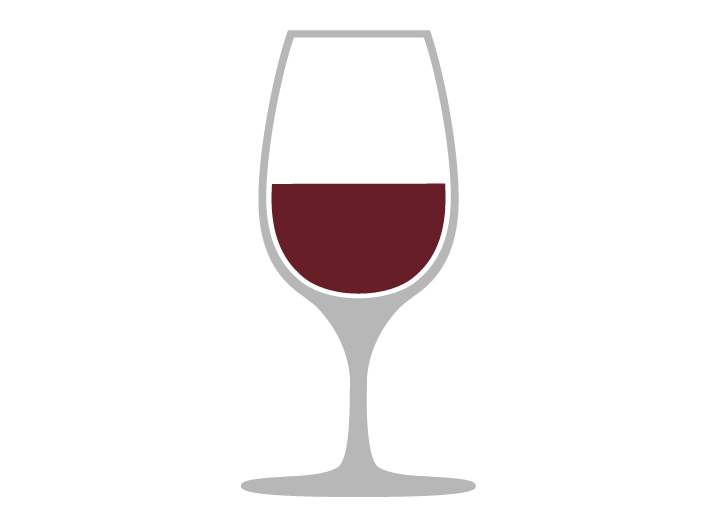
This small glass is designed to direct the wine to the back of the mouth, so its sweetness won’t be overwhelming. Due to dessert wine’s often higher alcohol content, this glass is also generally designed to provide a much smaller serving size.
Different wine glass designs have different properties that impact how you experience wine. Glasses with larger bowls create more surface area, so the wine releases more of its aromas. This is desirable for delicate, aromatic wines, like Pinot Noir. On the other hand, glasses with narrower bowls have less surface area, so less aroma is released. This can be desirable in big, bold, spicy wines, like Cabernet Sauvignon, where the full aroma could be overwhelming.
In white wines, a narrower bowl is often desirable because it holds in the wine’s delicate aromas and prevents over oxidation, which could mask the wine’s more subtle flavors.
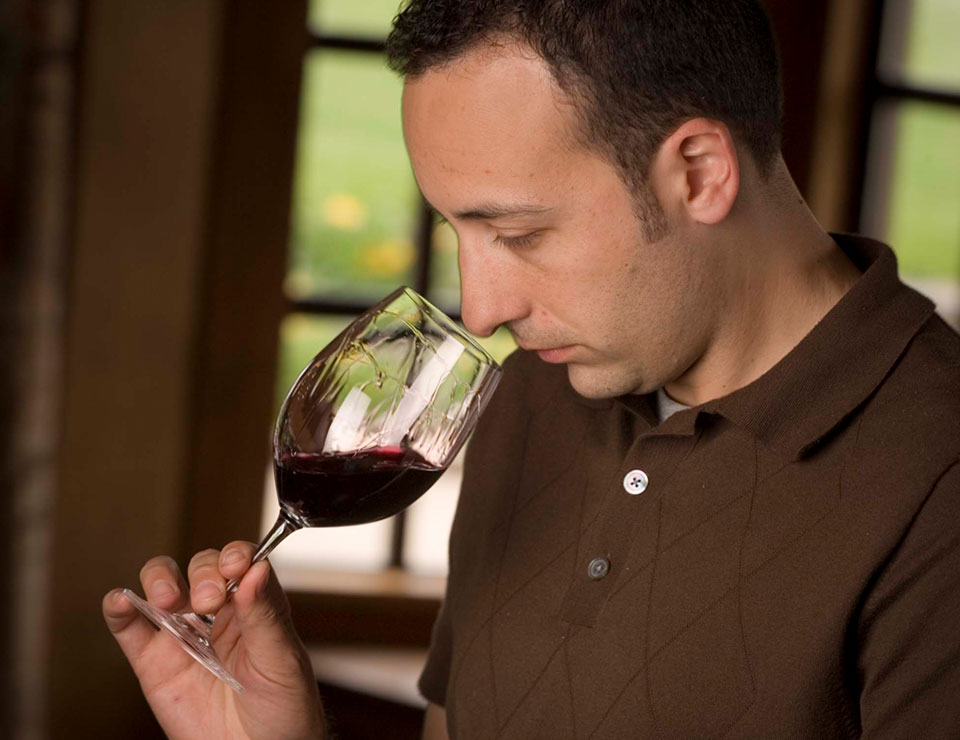
Wine glasses should be held low on the stem, near the foot of the glass, in order to maintain the temperature of the wine. However, if the wine is too cold, the glass can be held around the bowl to increase the wine’s temperature.
Use the handle — that's what it's for — whether you're setting or clearing glasses. If the glass is stemless, handle as low as possible, never touching the rim.
When serving wine, the glassware should be placed to the right of each diner. If there are multiple glasses, they should be placed in a diagonal line out from the diners, or in a diamond or triangle pattern, with the current glass the farthest away from each diner — so that the sommelier doesn’t have to pour over the other glasses.
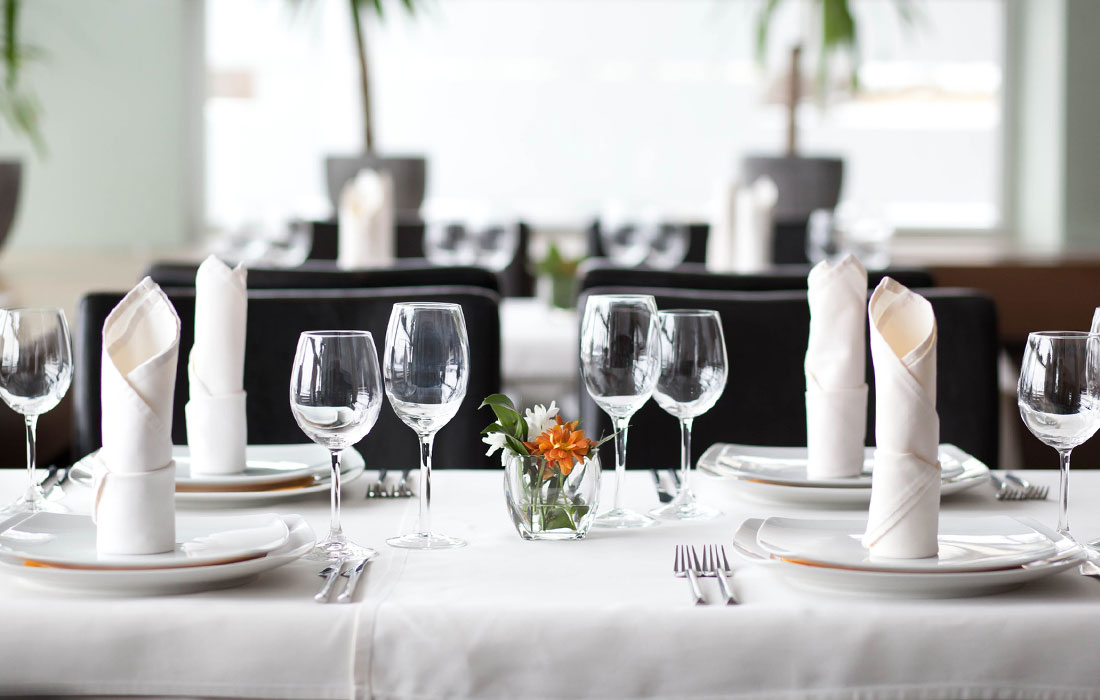
Crystal actually contains a small amount of lead or other minerals, allowing the glassware to be much thinner than a regular glass, while retaining its strength and increasing its reflectiveness. Most modern, varietal-specific wine glasses are made from crystal. The thinness is said to enhance the wine-drinker’s experience by reducing the amount of glass that comes between their lips and the wine.
Glass is more fragile, and must be made much thicker than crystal, but is easier to wash (crystal can stain) and is less expensive to replace if broken.